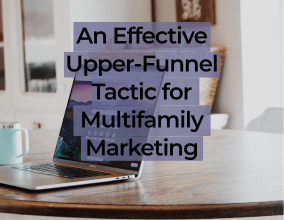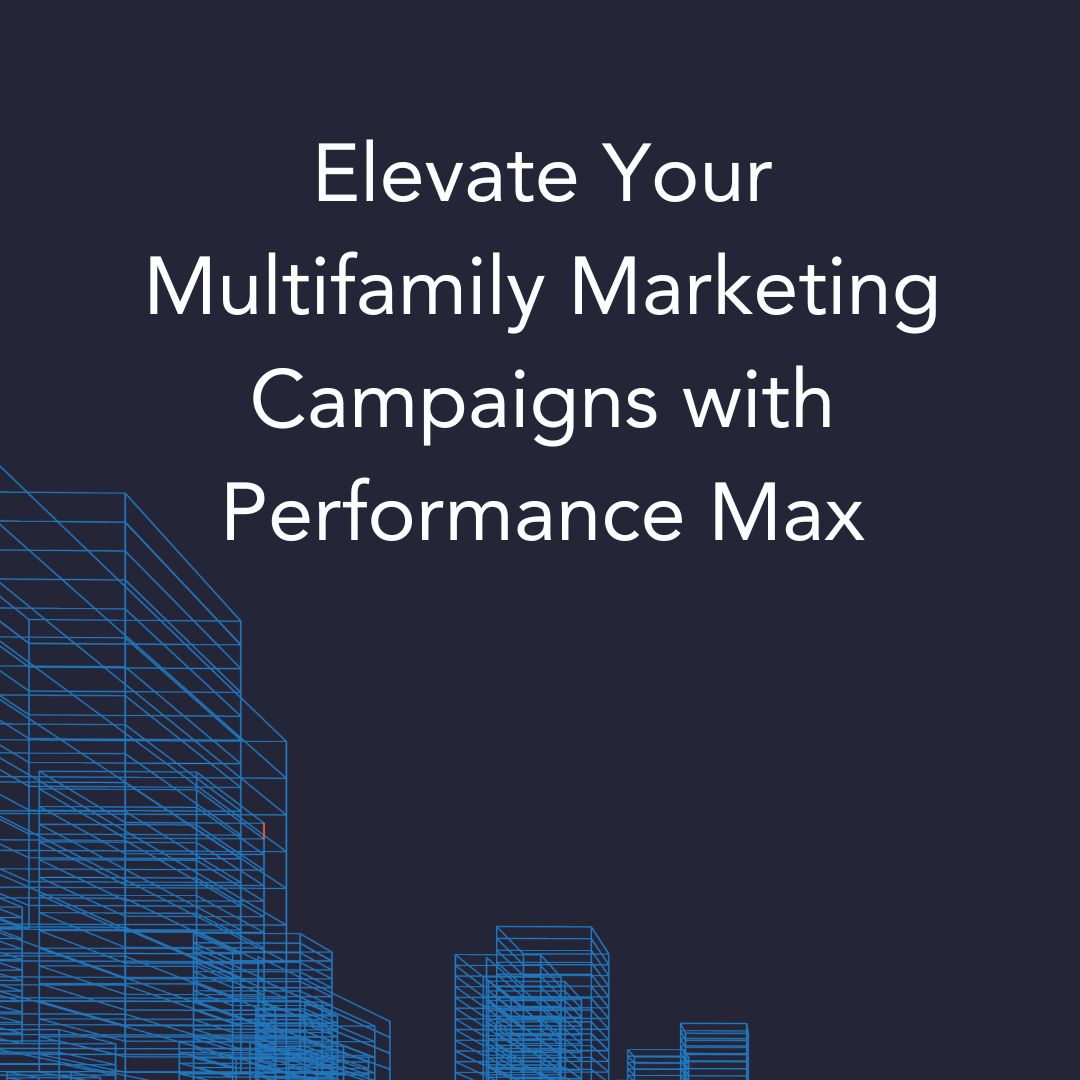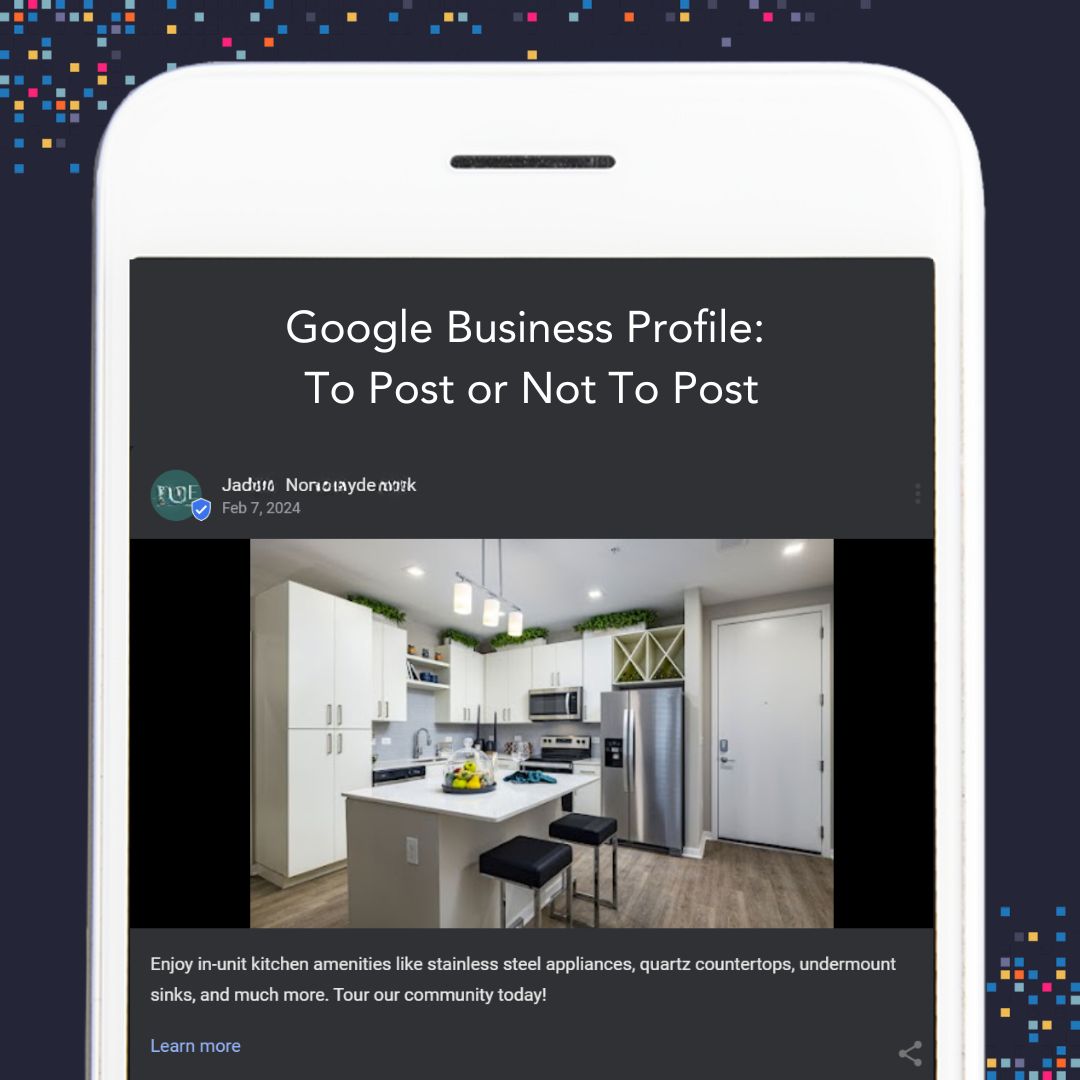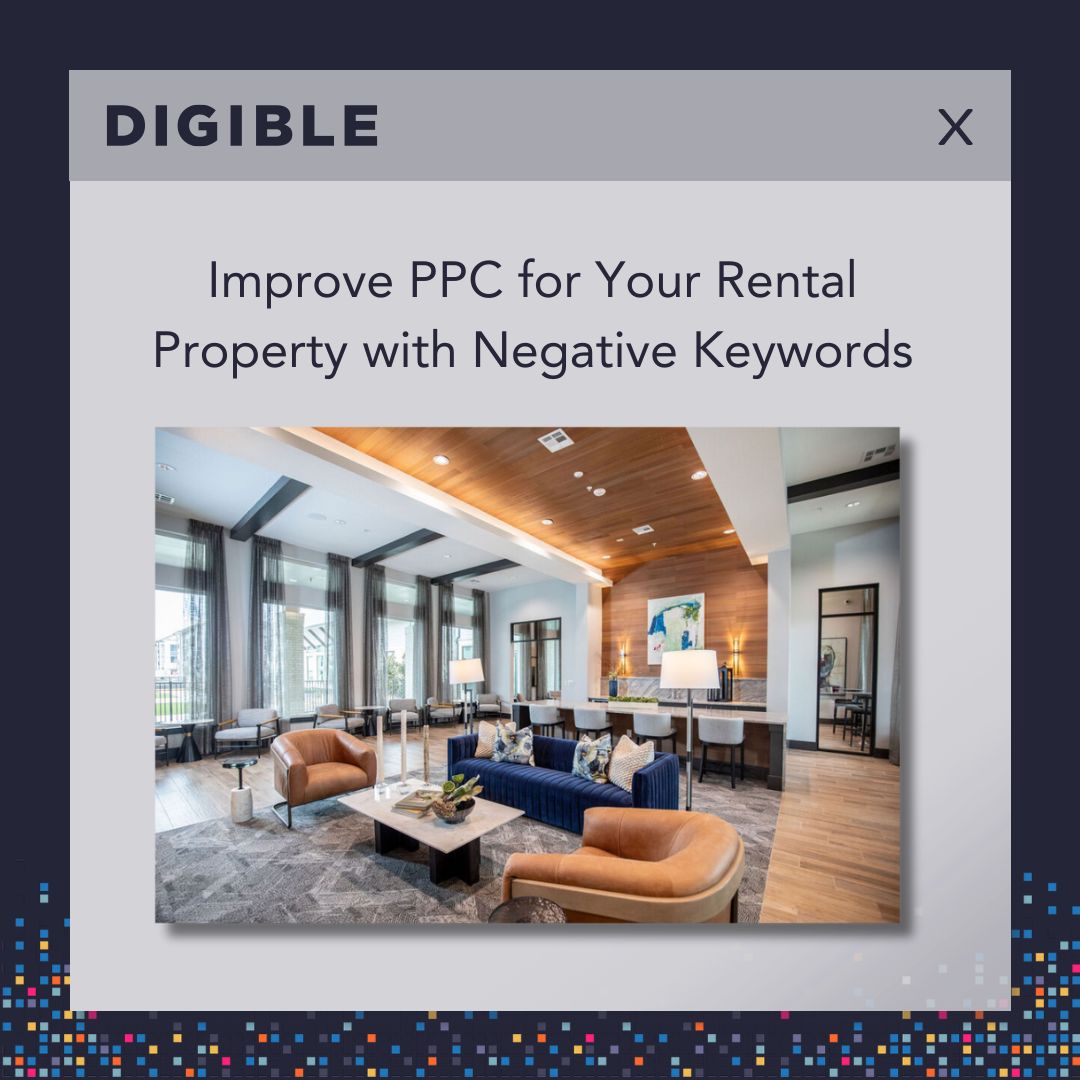TL;DR: The Essentials
The SEO and Organic Social teams at Digible collaborated to run a quarter-long case study to understand how younger generations are searching for information in today’s online world. We prompted ChatGPT to gather the top 10 most commonly asked questions renters have about apartments and used those results to generate generic and creative video topic ideas.
By testing creative question-based content and traditional property video topics across platforms, we were able to document a significant shift in search behavior that apartment marketers can’t afford to ignore.
When we compared content performance across Property A and Property B, these properties revealed an insight digital marketers in the multifamily industry need to hear: younger renters aren’t turning to Google anymore—they’re searching on Instagram.
The Search Landscape is Changing
It’s no secret that Gen Z approaches information differently than previous generations. According to Emarketer, “…only 64% of Gen Z use search engines for brand discovery, compared with the 94% of Baby Boomers who do so.”
What’s particularly striking about this shift is how it challenges the traditional multi-step marketing funnel. Meta’s 2024 Consumer Journey Report found that 73% of users under 30 prefer to complete their entire research process within the platform where they discovered a product or service, avoiding clicks to external websites whenever possible.
This “closed loop” behavior represents a fundamental change in how prospects interact with marketing content.
The traditional funnel of “Google search → property website → tour request” is being replaced by a more visual, question-driven discovery process centered on social platforms.
Modern renters are increasingly seeking content that addresses specific lifestyle questions about neighborhoods and communities, rather than generic searches like “2-bedroom apartments near me.” This shift reflects a desire for information that aligns with individual preferences and lifestyles.
Our Approach & Key Findings
To test this theory, we developed parallel content strategies for our Property A and Property B communities, comparing creative question-based content against generic property information across Instagram and Facebook throughout Q1 2025.
Key Performance Indicators Monitored
- Reach – The total number of unique people who have seen a social media post
- Plays – The number of times a video has been played by users on a social media post
- Total Engagement – The number of interactions (likes, comments, shares, etc.) users have had with the content
Standout Results
- Creative content outperformed generic by 177% at Property A (12.2 vs 4.4 average engagements per post).
- Property B’s “Best Restaurants” post achieved a 112% play-to-reach ratio (412 plays from 365 reach), showing users reviewed content multiple times for research.
- The platform gap was enormous — Instagram posts averaged 8.6 engagements vs Facebook’s 0.4, a 21× difference.
- Only 3-5% of social viewers clicked through to property websites, confirming the “closed loop” behavior documented in broader industry studies.
What caught our attention was how certain topics performed. Content answering specific questions like “Best Restaurants to Get Food Delivery” and “Are You Really Going to Use that Amenity?” consistently topped engagement charts across both properties.
These weren’t just vanity metrics either—our website data showed that when we posted “Timing is Everything – Best Months to Rent,” it drove 13 meaningful website actions, including 3 first-time visitors, though this represented only a small fraction of total content viewers.
Search’s “No-Click” Revolution
Perhaps the most significant insight from our study relates to how users consumed information. A significant portion of Google searches now end without a click to any website. Specifically, 58.5% of searches in the U.S. result in zero clicks, meaning users find the information they need directly on the search results page without visiting external sites. Our data supports this trend in the apartment marketing context.
This reluctance to leave social platforms explains several patterns in our findings:
- The preference for comprehensive, answer-rich content that doesn’t require clicking elsewhere for information.
- Multiple content replays occur as users extract all available information within the platform.
- Strong engagement on decision-support content that helps users evaluate options without leaving the app.
Users often prefer to stay within social media platforms rather than navigating away to external websites. This behavior underscores the importance of providing comprehensive and engaging content directly on social platforms to meet users where they are.
For apartment marketers, this means rethinking the traditional goal of driving traffic to property websites.
What This Means for Apartment Marketers
The most successful content in our study wasn’t just about what we said—it was about how we framed it. Posts designed around answering specific questions performed dramatically better than generic property information. This mirrors how modern search is evolving: from keyword-based queries to conversational questions.
Which Content Types Perform Best In This New Landscape?
Our data clearly showed which content types performed best in this new landscape:
- Local area highlights (“Best Restaurants” – 16 engagements at Property A, 6 at Property B)
- Decision support content (“Are You Really Going to Use that Amenity?” – 12 and 15 engagements)
- Visual transformation content (“Apartment Glow-Up” – 5 and 9 engagements)
What’s particularly interesting is that users engaged deeply with this content without clicking through to property websites. Our data suggests they’re doing this research entirely within social platforms.
For instance, our “Timing is Everything” video earned strong engagement on Instagram, but only 13 website actions were recorded from it, suggesting most viewers absorbed the information without clicking through.
Prospective renters often consume multiple pieces of content before reaching out to a property. In the B2B context, buyers engage with an average of 13 content pieces before making a decision, indicating a similar pattern may exist in the rental market.
Putting These Insights to Work
For apartment marketers, the path forward requires adapting to this new reality. Instead of viewing social platforms merely as traffic drivers to your website, recognize them as primary information channels where prospects are making decisions before ever clicking a link.
Start by identifying the questions your ideal residents are asking.
- What do they want to know about your neighborhood?
- What decisions are they struggling with?
Then, create visual content that directly addresses these questions and keep in mind that this content may be the only touchpoint before a tour request.
Search Behaviors are Changing & Apartment Marketers Need to Adapt
The evidence from our case study is compelling: search behaviors are changing, and apartment marketers need to adapt.
The current trend in search emphasizes the creation of authentic and helpful content that resonates with users, rather than solely focusing on traditional SEO strategies. This approach aligns with the evolving preferences of modern renters who seek genuine and informative content.
Our Organic Search & Digital Marketing Recommendations
- Invest in organic social media as a standalone information channel, not just a traffic driver.
- Create comprehensive, question-based content that doesn’t require clicking elsewhere.
- Focus on visual storytelling that helps prospects imagine living in your community.
- Measure engagement and replay metrics as primary KPIs, not just click-throughs.
- Include direct calls-to-action within content that encourages contacting the property directly.
The traditional model of driving traffic to property websites isn’t dead, but it’s no longer the primary path for younger renters. By creating content that serves the full information needed directly on Instagram, you’re meeting prospects where they’re already making decisions—and that’s a powerful advantage in today’s competitive rental market.










